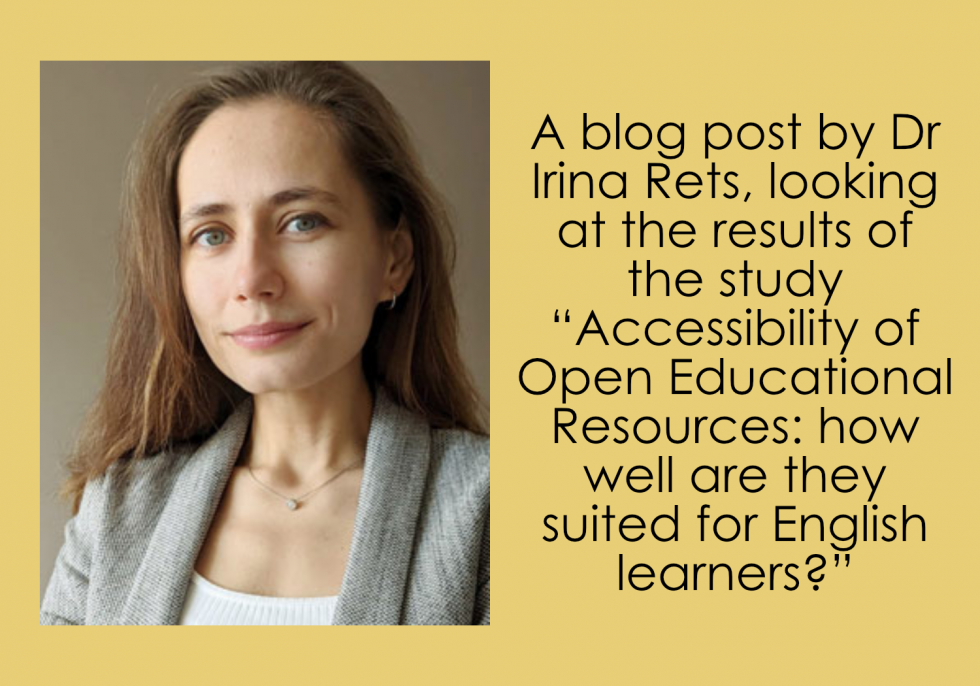
Artificial intelligence (AI) and linguistics have been deeply interconnected since the former’s inception. AI’s objective is to simulate human intelligence, and language is considered one of its main expressions –if not the most important of all.
Natural Language Processing (NLP) is a significant branch of AI. It overlaps with Computational Linguistics, which is an area focused on modelling the basic linguistic processes, namely language production, comprehension and acquisition. As a result, essential AI problems such as perception, communication, knowledge, planning, reasoning and learning are of utmost importance for this field.
Even though the applied sides of linguistics and AI are more concerned with obtaining information, like in text mining or machine translation, AI can also be used to help linguists solve other current dilemmas, such as saving endangered languages, reconstructing extinct ones, or improving language learning in the classroom or through apps such as Duolingo. Let’s look at some of the newest applications of artificial intelligence in linguistics.
Using AI to understand dead languages
One of the most formidable challenges linguists have to overcome is the reconstruction of languages whose original speakers and cultures have long disappeared from the face of the earth. Unlike Ancient Greek or Latin, which have a plethora of written records and demonstrable descended languages, others remain undeciphered: their grammar, vocabulary and syntax are all but a mystery to us. Usually, these linguistic enigmas lack a related modern language, their preserved records are not enough, or the ones that have withstood the test of time are barely legible or simply don’t have proper punctuation to help us understand them better.
However, there has been a major breakthrough in this area of linguistics, thanks to researchers at MIT who have come up with a new algorithm based on a neural network (described in detail in this paper), which was able to decipher Linear B, an ancient script belonging to the Mycenaean Greek language, Greek’s earliest attested form. In contrast to previous systems, which depend on parallel data from other languages, the one put forward by MIT can decode a script without additional information. The team designed this model by setting constraints that use trends observable through the evolution of languages, such as the order of characters or vocabulary development.
On the other hand, Linear A—an even older script that is hypothetically the basis of the Minoan language of Ancient Crete—remains undeciphered due to the limited data available and the fact that it has a unique amount of symbols, which are harder to decode than letters. Despite these obstacles, the efficiency rate of this algorithm (67.3%) is high enough to set up expectations for more successful future applications. In this way, AI has become an indispensable tool for linguists eager to unveil the mysteries that lie underneath these yet-to-be-decoded languages.

Using AI to improve language learning
Learning (and teaching) a new language is hard enough, but AI’s possible uses in the classroom open up a range of opportunities to refine language learning and turn it into a smoother and more tailor-made experience. To begin with, AI can provide learners with instant feedback, as they can automatically grade exams or even analyse texts to determine their level of proficiency. Providing immediate correction allows students toBy providing immediate correction, students can see their mistakes more clearly and work on their weaknesses. Additionally, AI can help teachers with lesson preparation, by giving an overall score and feedback on how to adjust a text to the desired level, something that Text Inspector was especially designed for.
Another advantage is that AI can personalise each student’s learning path by analysing their data and customising their education. AI can determine the tasks students are best at, take into account their interests and cultural background, and focus on the things they need to improve, saving teachers plenty of time and effort while providing a tailor-made course perfectly suited to each student’s needs. Even people who suffer from dyslexia or other speech-related issues can benefit from speech recognition and transcription software.
Last but not least, learning a language can become a fun experience if gamification is exploited to create engaging comprehension activities or store vocabulary in apps such as Kahoot! or Quizlet. Going even further, other apps like Duolingo, Babbel or Slang have taken the field of language learning by storm, becoming incredibly popular thanks to their interactivity and, particularly in Duolingo’s case, the wide variety of languages offered: from behemoths like Spanish or English to constructed languages like Game of Thrones’ High Valyrian or Star Trek’s Klingon, to lesser spoken languages like Hawaiian or Welsh.
All in all, even though there are many technological obstacles to overcome and features to work on, artificial intelligence and language are inseparable and continue to develop hand in hand. Going beyond getting a faithful translation on Google Translate or acing that Welsh lesson on Duolingo, AI has become an extremely useful tool that may as well hold the key for extending and preserving our knowledge of language, the greatest testament to our evolution as human beings.
Share
Related Posts

I, Linguist: Using AI to Aid Linguistics
19 March, 2024
Artificial intelligence (AI) and linguistics have been deeply interconnected since the former’s inception. AI’s objective […]
Read More ->
Lexical Diversity: An Interview with Aris Xanthos
23 June, 2022
Aris Xanthos is a lecturer and researcher in Humanities Computing at the University of Lausanne, CEO […]
Read More ->
How Can Text Inspector Help with Comparative Readability Analysis?
23 June, 2022
Texts have always played an important role in language learning, exposing the student to vocabulary, […]
Read More ->